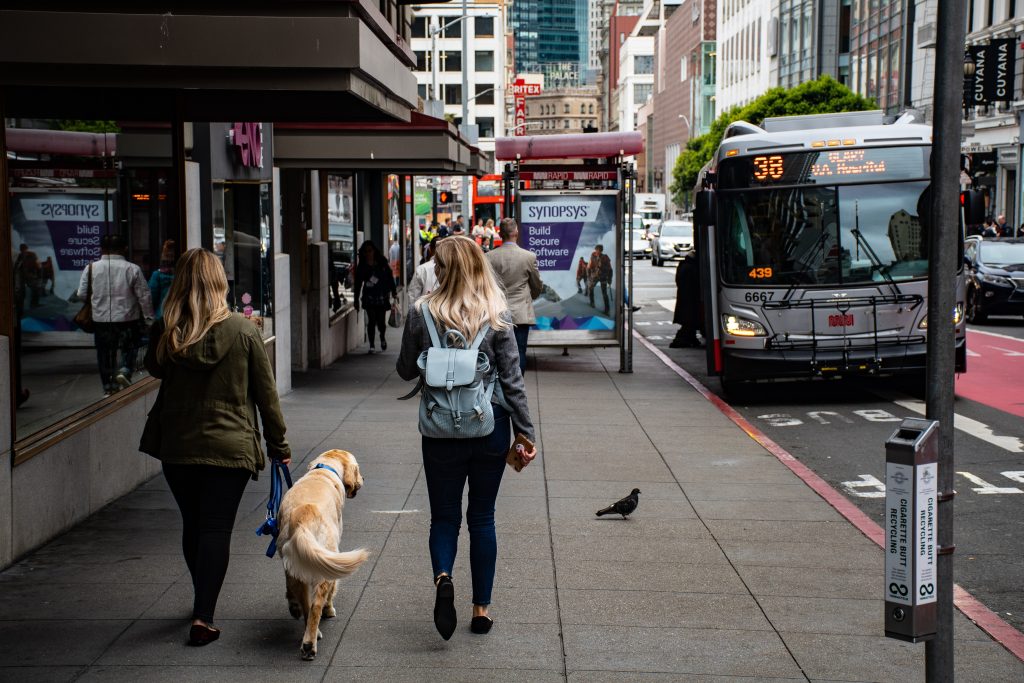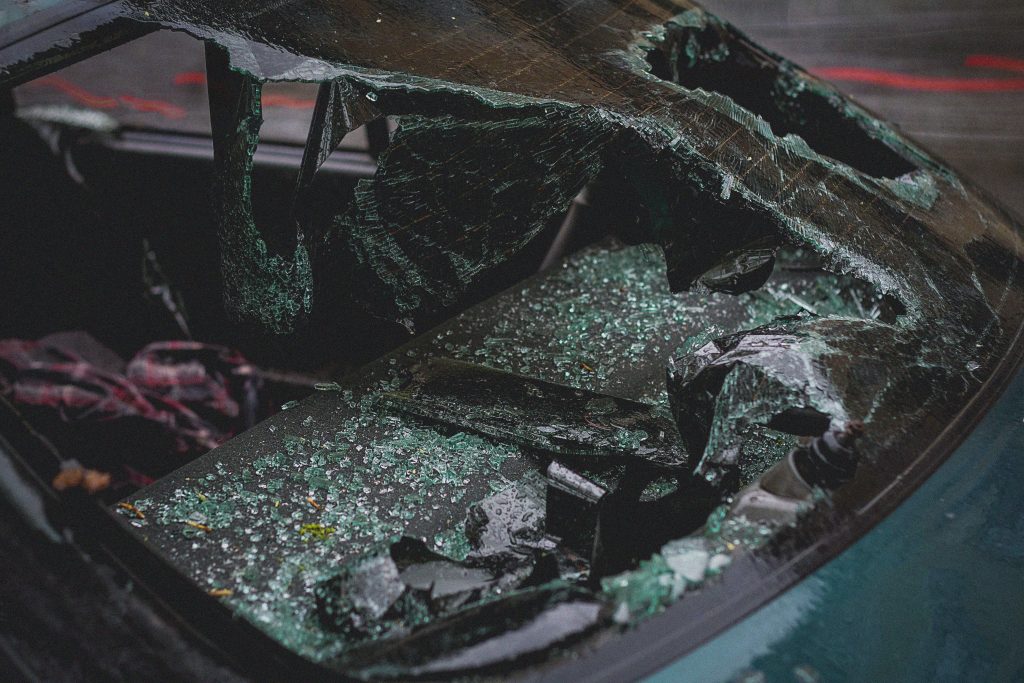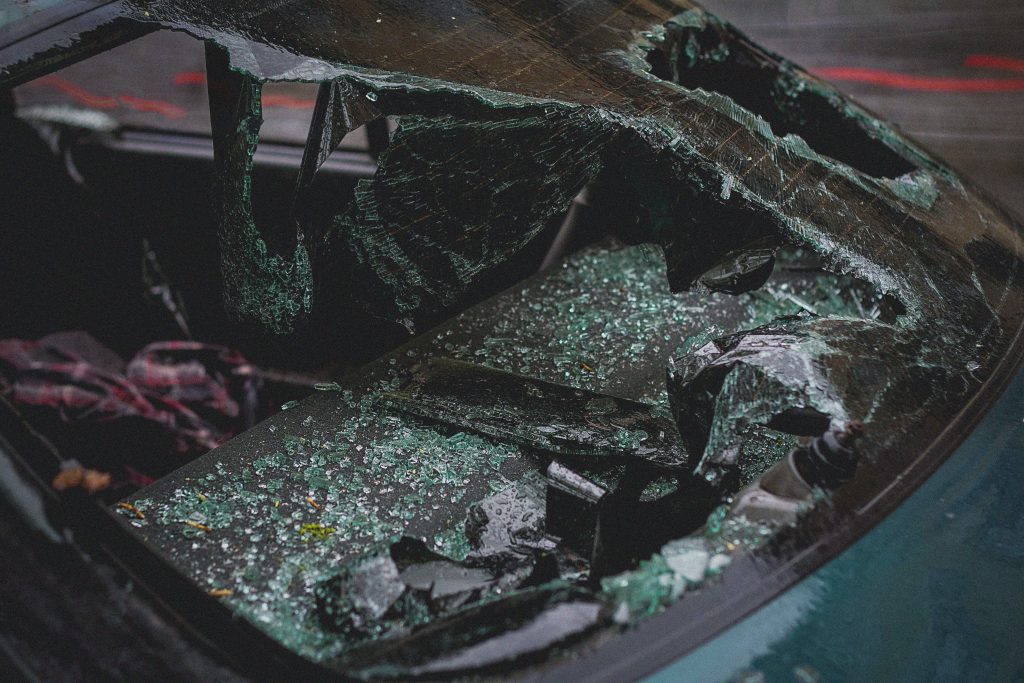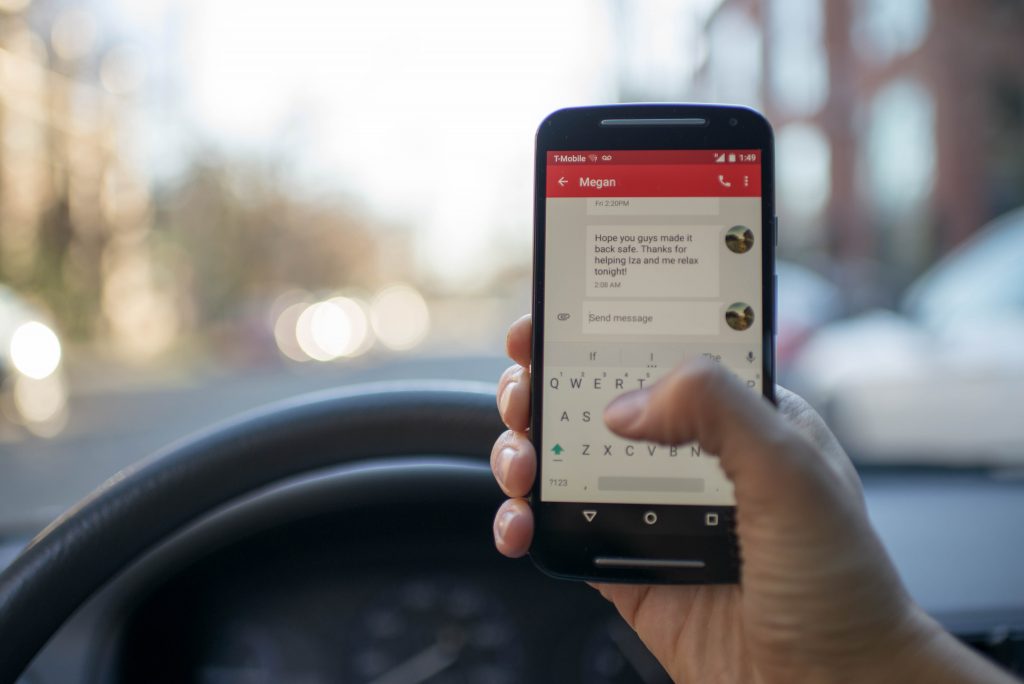 How often do you walk along a sidewalk without paying attention to where you’re walking? Next time you’re out strolling, take notice of where you step! An obvious danger could prevent you from recovering for any injuries, as a local Louisiana woman recently discovered.
How often do you walk along a sidewalk without paying attention to where you’re walking? Next time you’re out strolling, take notice of where you step! An obvious danger could prevent you from recovering for any injuries, as a local Louisiana woman recently discovered.
On July 18, 2012, Anita Melancon was walking on a sidewalk at the Perkins Rowe mixed-use shopping center in Baton Rouge when she tripped and fell, sustaining injuries. The sidewalk in question passed over a driveway ramp, creating a curb that varied in height. The sidewalk’s design required that pedestrians step down onto the ramp before stepping back up onto the sidewalk. Melancon tripped as she was stepping back up onto the sidewalk.
After filing a lawsuit for damages against Perkins Rowe and its insurer, Aspen Specialty Insurance Company (Aspen), the court granted Aspen’s motion for summary judgment, dismissing Melancon’s lawsuit. Aspen asserted that because the varying heights of the sidewalk curb were an open and obvious risk, Perkins Rowe did not have a duty to protect pedestrians from the danger created by the curb. Melancon disputed that the danger was “open and obvious” and appealed the dismissal of the lawsuit.
 Louisiana Personal Injury Lawyer Blog
Louisiana Personal Injury Lawyer Blog


 Maybe you’ve been there. Lying on a cold surgical table. The anesthesiologist places the mask over your face and says to count backwards from one hundred. “100…99…98…” Most people don’t remember much after that. But imagine waking up from a procedure and discovering that you have no feeling in your arm. Unfortunately, that’s what happened to Jason Dunn, who underwent a hemorrhoidectomy at Christus St. Francis Cabrini Surgery Center in Alexandria, Louisiana in 2012.
Maybe you’ve been there. Lying on a cold surgical table. The anesthesiologist places the mask over your face and says to count backwards from one hundred. “100…99…98…” Most people don’t remember much after that. But imagine waking up from a procedure and discovering that you have no feeling in your arm. Unfortunately, that’s what happened to Jason Dunn, who underwent a hemorrhoidectomy at Christus St. Francis Cabrini Surgery Center in Alexandria, Louisiana in 2012.  In some legal situations, there will be conflicting laws and a question of which law correctly applies to the situation at hand. For that reason, Louisiana has developed a mechanism to determine what to do when there are conflicting laws. First, when determining what law to use, the court must look at each state’s relationship to the lawsuit, the people involved in the case, and the person whose status is at issue.
In some legal situations, there will be conflicting laws and a question of which law correctly applies to the situation at hand. For that reason, Louisiana has developed a mechanism to determine what to do when there are conflicting laws. First, when determining what law to use, the court must look at each state’s relationship to the lawsuit, the people involved in the case, and the person whose status is at issue.  Every adult in America has dealt with insurance in some manner, whether it be life, car, house, rental, or health. Therefore, it is important to understand that the insurance policy you agree to constitutes the law between the you and the insurance company; it governs the whole relationship. As a result of the policy between the insured and insurer being drafted by the insurer, the insurer has the right to limit provisions, and impose restrictions or conditions, so long as these do not conflict with legal statutory provisions or public policy. Thus, strict compliance with the insurance policy terms and conditions is required for a change of beneficiary.
Every adult in America has dealt with insurance in some manner, whether it be life, car, house, rental, or health. Therefore, it is important to understand that the insurance policy you agree to constitutes the law between the you and the insurance company; it governs the whole relationship. As a result of the policy between the insured and insurer being drafted by the insurer, the insurer has the right to limit provisions, and impose restrictions or conditions, so long as these do not conflict with legal statutory provisions or public policy. Thus, strict compliance with the insurance policy terms and conditions is required for a change of beneficiary.  In a civil case, you do not have the classic “speedy trial” right. Instead, courts will seek expediency by granting summary judgments when appropriate. The purpose of summary judgment is to avoid frivolous and unnecessary trials, or at a minimum, to simply reduce trial time by dispensing of some claims. A motion for summary judgment may be granted upon a finding that there is “no genuine issue as to material fact and that the mover is entitled to judgment as a matter of law.”
In a civil case, you do not have the classic “speedy trial” right. Instead, courts will seek expediency by granting summary judgments when appropriate. The purpose of summary judgment is to avoid frivolous and unnecessary trials, or at a minimum, to simply reduce trial time by dispensing of some claims. A motion for summary judgment may be granted upon a finding that there is “no genuine issue as to material fact and that the mover is entitled to judgment as a matter of law.”  The equivalence of “dotting the i’s and crossing the t’s” in the law is making sure to comply with court procedural rules. One such basic civil court procedure rule is proper service. Proper service is critical in establishing that a court has legal jurisdiction over a defendant. The defendant has a right to know that they are being sued, and they have the right to be present at any hearing or to appear through an attorney. Without proper service, a court may dismiss a lawsuit. One can have a valid and strong claim for a lawsuit, but without proper compliance with court rules, the case may never even be heard. The importance of following procedure is highlighted in this Workers’ Compensation case heard in the Louisiana Fourth Circuit Court of Appeals.
The equivalence of “dotting the i’s and crossing the t’s” in the law is making sure to comply with court procedural rules. One such basic civil court procedure rule is proper service. Proper service is critical in establishing that a court has legal jurisdiction over a defendant. The defendant has a right to know that they are being sued, and they have the right to be present at any hearing or to appear through an attorney. Without proper service, a court may dismiss a lawsuit. One can have a valid and strong claim for a lawsuit, but without proper compliance with court rules, the case may never even be heard. The importance of following procedure is highlighted in this Workers’ Compensation case heard in the Louisiana Fourth Circuit Court of Appeals. Life can be upended in an instant. One person’s negligent act can change the trajectory of multiple people’s lives. How much monetary compensation should this negligent, life-altering person be required to pay? Often after a trial court determines a damage award, the award stays the same. But what about when this award does not really compensate for the injuries? Recently, the Louisiana Third Circuit Court of Appeal determined that an injured party was entitled to far more than the trial court awarded in a car accident lawsuit out of Iberia Parish.
Life can be upended in an instant. One person’s negligent act can change the trajectory of multiple people’s lives. How much monetary compensation should this negligent, life-altering person be required to pay? Often after a trial court determines a damage award, the award stays the same. But what about when this award does not really compensate for the injuries? Recently, the Louisiana Third Circuit Court of Appeal determined that an injured party was entitled to far more than the trial court awarded in a car accident lawsuit out of Iberia Parish.  What happens if you are exposed to something dangerous at work? In the not too distant past, there would be no hope of restoration and only devastation. Today, with gratitude to some excellent lawyers and lawmakers, there are legal protections for people who are exposed to hazardous working conditions. Negligent companies can still be required to pay damages even for a 10-year-old oil spill. In several cases from a 2006 Lake Charles oil spill, the Louisiana Third Circuit Court of Appeal affirmed a damage award despite the award being significantly higher than other damage awards in similar cases.
What happens if you are exposed to something dangerous at work? In the not too distant past, there would be no hope of restoration and only devastation. Today, with gratitude to some excellent lawyers and lawmakers, there are legal protections for people who are exposed to hazardous working conditions. Negligent companies can still be required to pay damages even for a 10-year-old oil spill. In several cases from a 2006 Lake Charles oil spill, the Louisiana Third Circuit Court of Appeal affirmed a damage award despite the award being significantly higher than other damage awards in similar cases.  How often do you drive distracted? Text messaging, studying the GPS, or even checking Facebook; every person reading this has probably engaged in at least one of these distractions while driving. How often are you the one doing the distracting as a passenger? The car can become an excellent opportunity to air one’s grievances to a captive audience. But when would a fight in a car, text messaging, or something else rise to passenger liability in the event of a car accident? The Louisiana Third Circuit Court of Appeal recently grappled with this question choosing to limit impositions of passenger liability to almost everyone’s relief.
How often do you drive distracted? Text messaging, studying the GPS, or even checking Facebook; every person reading this has probably engaged in at least one of these distractions while driving. How often are you the one doing the distracting as a passenger? The car can become an excellent opportunity to air one’s grievances to a captive audience. But when would a fight in a car, text messaging, or something else rise to passenger liability in the event of a car accident? The Louisiana Third Circuit Court of Appeal recently grappled with this question choosing to limit impositions of passenger liability to almost everyone’s relief.  There’s a general understanding between a buyer and a seller that the seller will provide the good in an acceptable condition for a buyer. If the product is faulty, then the general understanding is that the seller will take responsibility for making things right as soon as they can. This is even solidified by warranties. What happens, then, when a construction company sells a New Orleans resident a roof that leaks so much it leads to a man slipping and falling? Is the danger created by the leak so obvious that the construction company shouldn’t be held liable for the injury?
There’s a general understanding between a buyer and a seller that the seller will provide the good in an acceptable condition for a buyer. If the product is faulty, then the general understanding is that the seller will take responsibility for making things right as soon as they can. This is even solidified by warranties. What happens, then, when a construction company sells a New Orleans resident a roof that leaks so much it leads to a man slipping and falling? Is the danger created by the leak so obvious that the construction company shouldn’t be held liable for the injury?